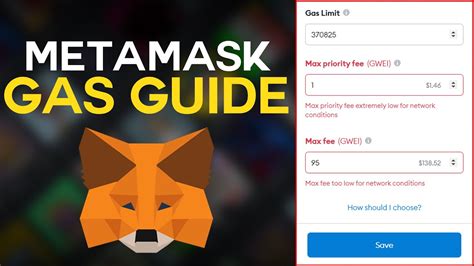Bitcoin: “Wrong Volume” ? Need testnet3 tBTC?
Understanding “Wrong Volume” in Bitcoin Testnets
As a developer, you’ve probably encountered the frustrating “Wrong Volume” issue while testing Bitcoin testnets. In this article, we’ll look at what “Wrong Volume” means, its causes, and provide guidance on how to fix it.
What is “Wrong Volume”?
“Wrong Volume” refers to an error where the testnet faucet does not display the expected bitcoin (BTC) balance or number of transactions. This issue can occur when the testnet wallet balance does not match the expected amount displayed on the faucet.
Causes of “Wrong Volume”
Several factors contribute to this issue:
- Misconfigured Wallet
: Incorrect wallet settings, such as incorrect network ID, wallet address format, or invalid seed phrases, can lead to inconsistent balance display.
- Faucet Configuration Issues: Bad faucet configuration files or incomplete configuration can cause your testnet wallet to not receive the expected amount of BTC.
- Network Congestion: High network activity during the testnet can cause your faucet to freeze or display incorrect balances.
- Wallet Sync Issues: Wallet sync issues, such as missing transaction history or incorrect chain ID, can also lead to “Wrong Volume” errors.
Fixing “Wrong Volume” on Testnets
To resolve the issue, follow these steps:
Step 1: Review your wallet configuration
Make sure your testnet wallet is configured correctly. Check your wallet settings for errors such as:
- Incorrect network ID (e.g., “BTC-1” instead of “testnet”)
- Incorrect wallet address format
- Invalid seed or recovery phrases.
Step 2: Check your faucet configuration
Confirm that your faucet configuration is correct and up to date. Make sure that:
- The faucet configuration file is correctly configured for the test network (e.g., “BTC-1” network)
- The faucet settings are compatible with your wallet software
- Any required dependencies are installed
Step 3: Check your network activity
If you experience high network activity during testing, consider reducing or stopping your faucet’s transaction rate. You can do this by:
- Disabling or pausing certain faucets to reduce overall transaction volume
- Increasing your wallet passphrases or recovery phrases to improve synchronization
Step 4: Sync your wallets
Regularly sync your wallets using tools like Electrum, MyEtherWallet, or other compatible clients. Make sure all connected wallets are up to date and showing accurate balances.
Testing and Troubleshooting
To further troubleshoot:
- Check your testnet faucet logs for error messages
- Check that your wallet is synced to the testnet regularly
- If you continue to experience issues, try restarting your wallet or faucet software
Conclusion
Understanding “wrong volume” errors on Bitcoin testnets requires attention to detail and a thorough understanding of your wallet configuration, faucet setup, and network activity. By following these troubleshooting steps and techniques, you should be able to resolve the issue and enjoy a smooth testing experience.
Remember to remain patient and persistent, as resolving “wrong volume” issues can take time and effort. Happy testing!



